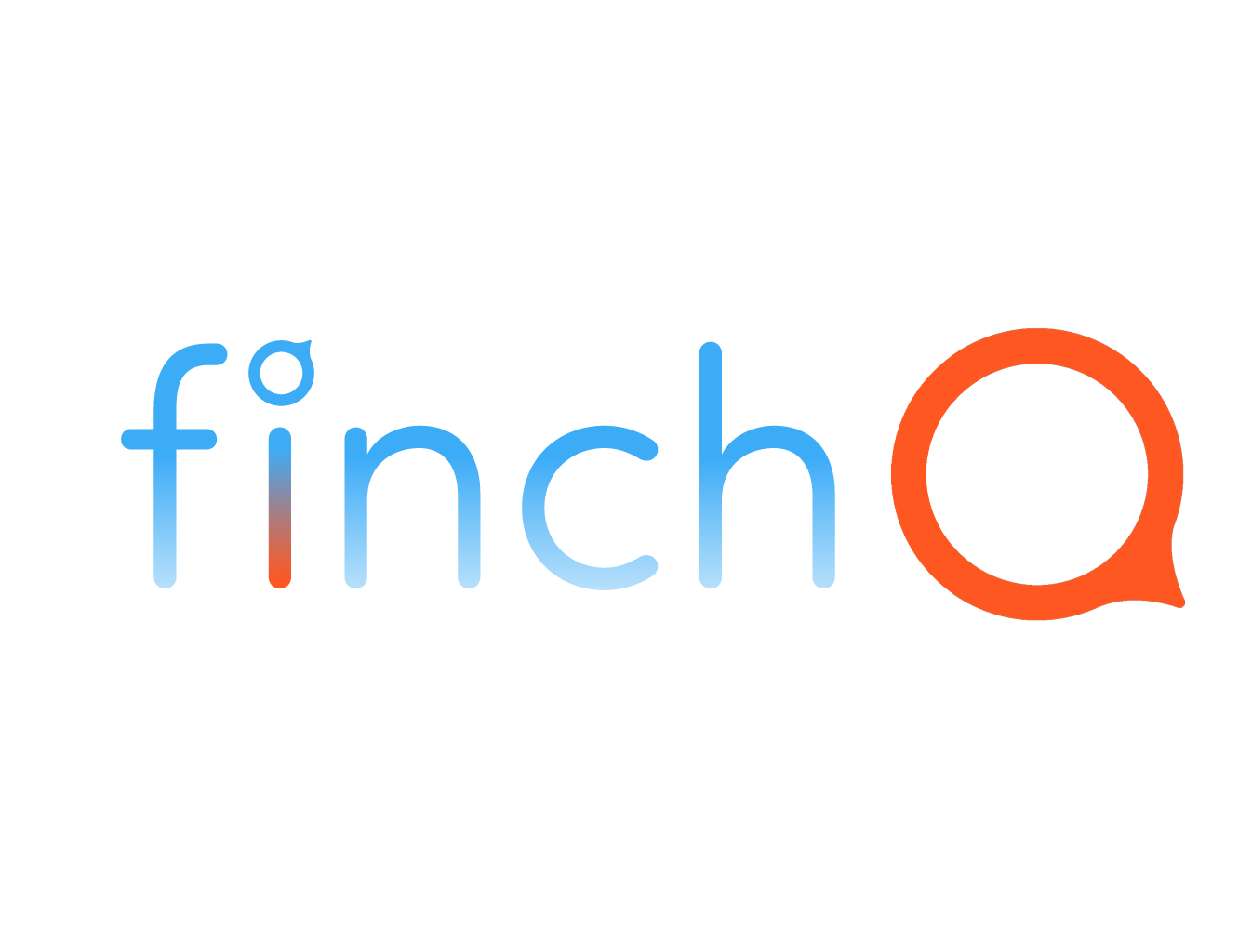Stroke: Signs, Prevention, and the Importance of Timely Treatment
Stroke is a medical emergency that can have devastating consequences. It occurs when the blood supply to part of the brain is interrupted or reduced, preventing brain tissue from getting the oxygen and nutrients it needs. Within minutes, brain cells begin to die, making prompt treatment crucial. Understanding the signs of a stroke, the importance of quick medical intervention, and ways to prevent it can save lives and improve outcomes.
Strokes can present suddenly and often without warning. Recognizing the signs is critical for getting the necessary medical help in time. The acronym F.A.S.T. is a helpful way to remember the most common symptoms:
- Face Drooping: One side of the face droops or feels numb. Ask the person to smile, and see if the smile is uneven.
- Arm Weakness: One arm becomes weak or numb. Ask the person to raise both arms and see if one drifts downward.
- Speech Difficulty: Speech may be slurred or hard to understand. Ask the person to repeat a simple sentence.
- Time to Call 911: If someone shows any of these symptoms, even if they go away, call emergency services immediately.
Other signs to watch for include sudden confusion, trouble seeing in one or both eyes, difficulty walking, dizziness, loss of balance or coordination, and a severe headache with no known cause.
What is a Transient Ischemic Attack (TIA)?
A Transient Ischemic Attack (TIA), often called a mini-stroke, is a temporary period of symptoms similar to those of a stroke. A TIA doesn't cause permanent damage but is a serious warning sign. It indicates a higher risk of having a full-blown stroke in the future. If you experience a TIA, it’s crucial to seek medical attention immediately to evaluate and mitigate the risk of a subsequent stroke.
The Urgency of Medical Intervention
Time is brain. This phrase underscores the urgency of getting to a hospital quickly if a stroke is suspected. The sooner a stroke is treated, the better the chances of reducing brain damage and improving recovery outcomes. Ideally, one should go to a certified stroke center, as these facilities are equipped with specialized teams and equipment to provide the most effective treatment.
Prevention is the best approach to managing stroke risk. Here are some key lifestyle changes and medical interventions that can help reduce the risk:
Lifestyle Changes
1. Healthy Diet: Eat a balanced diet rich in fruits, vegetables, whole grains, and lean proteins. Limit salt, sugar, and saturated fats.
2. Regular Exercise: Aim for at least 150 minutes of moderate aerobic activity or 75 minutes of vigorous activity each week.
3. Maintain a Healthy Weight: Being overweight increases the risk of stroke. Achieve and maintain a healthy weight through diet and exercise.
4. Quit Smoking: Smoking significantly increases the risk of stroke. Seek support to quit smoking if necessary.
5. Limit Alcohol: Drink alcohol in moderation. Excessive drinking can raise blood pressure and increase stroke risk.
Medical Interventions
1. Control Blood Pressure: High blood pressure is a leading cause of stroke. Monitor and manage your blood pressure through lifestyle changes and medication if necessary.
2. Manage Diabetes: Keep blood sugar levels under control if you have diabetes.
3. Treat Atrial Fibrillation: Atrial fibrillation (irregular heartbeat) increases the risk of stroke. Seek treatment to manage this condition.
4. Lower Cholesterol: High cholesterol contributes to artery blockages. Use diet, exercise, and medication to keep cholesterol levels in check.
The aftermath of a stroke can vary widely depending on its severity and the speed of treatment. Some potential sequelae include:
- Physical Disabilities: Paralysis or weakness on one side of the body, difficulty walking, and muscle stiffness or spasticity.
- Cognitive Impairments: Problems with memory, attention, learning, and problem-solving.
- Emotional Changes: Depression, anxiety, and mood swings.
- Speech and Language Issues: Difficulty speaking, understanding speech, reading, or writing.
- Swallowing Difficulties: Problems with swallowing can lead to malnutrition and pneumonia.
A stroke is a medical emergency that requires immediate attention. Recognizing the signs, understanding the importance of swift medical intervention, and making lifestyle changes to prevent stroke are essential steps to safeguarding your health. Remember, time is brain—act F.A.S.T. to ensure the best possible outcome. For more information and resources, consult your healthcare provider or visit a certified stroke center.
By staying informed and proactive, you can significantly reduce the risk of stroke and improve the quality of life for yourself and your loved ones.
